This week, the Basel-based architects Herzog & de Meuron’s latest museum building opens—a £260m brick-clad ziggurat that extends Tate Modern, the former power station they transformed in the late 1990s to widespread acclaim. Here, we trace six degrees of separation between the new, expanded Tate Modern and some of the architects’ landmark art spaces.
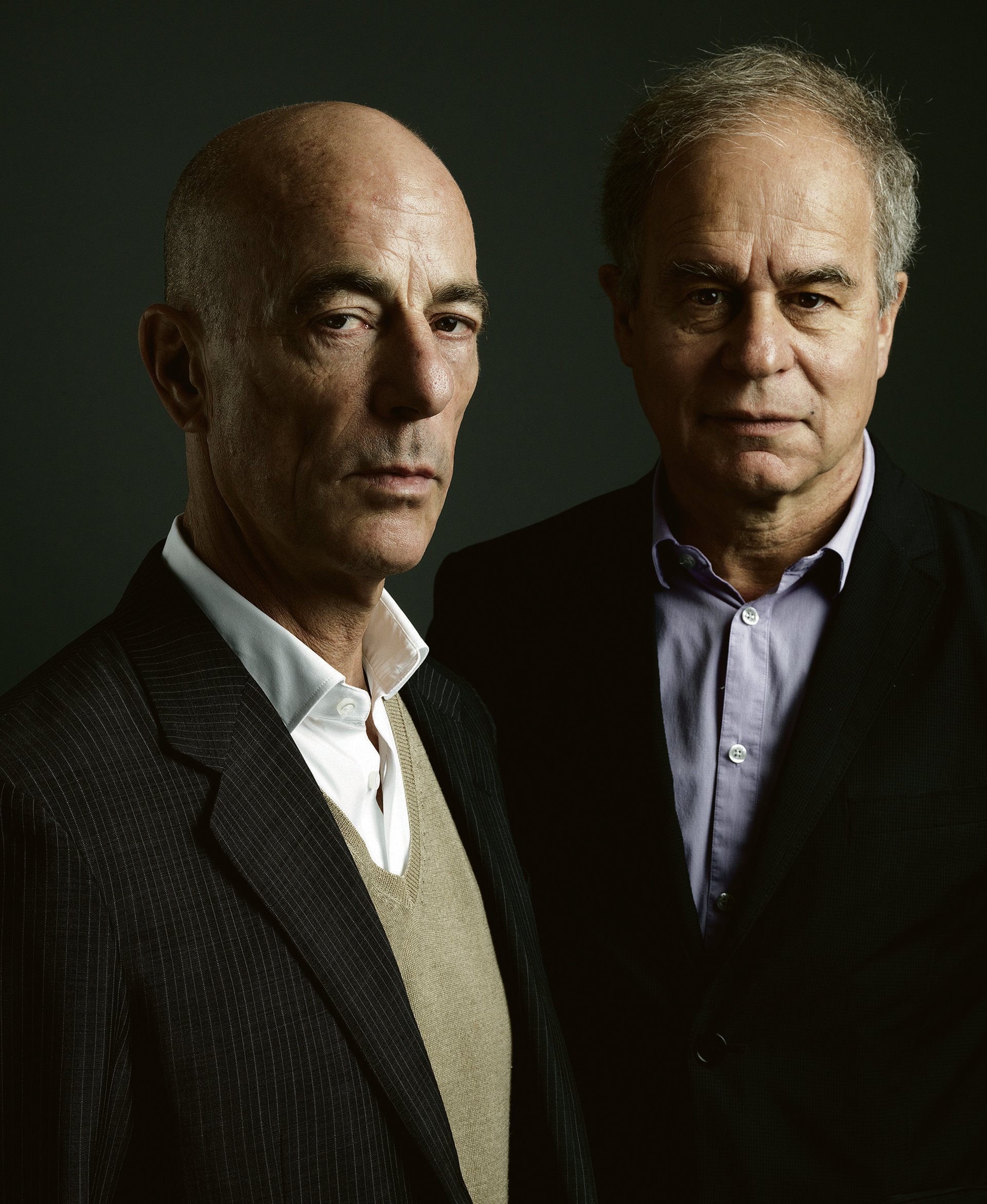
They include a project close to Jacques Herzog and Pierre de Meuron’s heart: and a studio for the late, Basel-based artist and writer Rémy Zaugg in nearby Mulhouse, France (1995-96). The architects co-designed an extension to the Aargauer Kunsthaus in Aarau, around 40km south-east of Basel, with Zaugg, which opened in 2003. Zaugg’s ideas and writings—his books include The Art Museums of My Dreams—had a formative influence on the young architects. “Rémy, Pierre and I were like three partners,” Herzog told students in a lecture at Columbia University, New York, in 2013. They shared with Tate’s director, Nicholas Serota, a deep admiration of Donald Judd’s Minimalist work and ideas. “The sculpture of Judd created a reality that generated a multitude of experiences and choices,” Herzog said. One of the architects’ earliest project, a signal box (1994-99), is a Judd-like structure outside Basel’s SBB railway station.
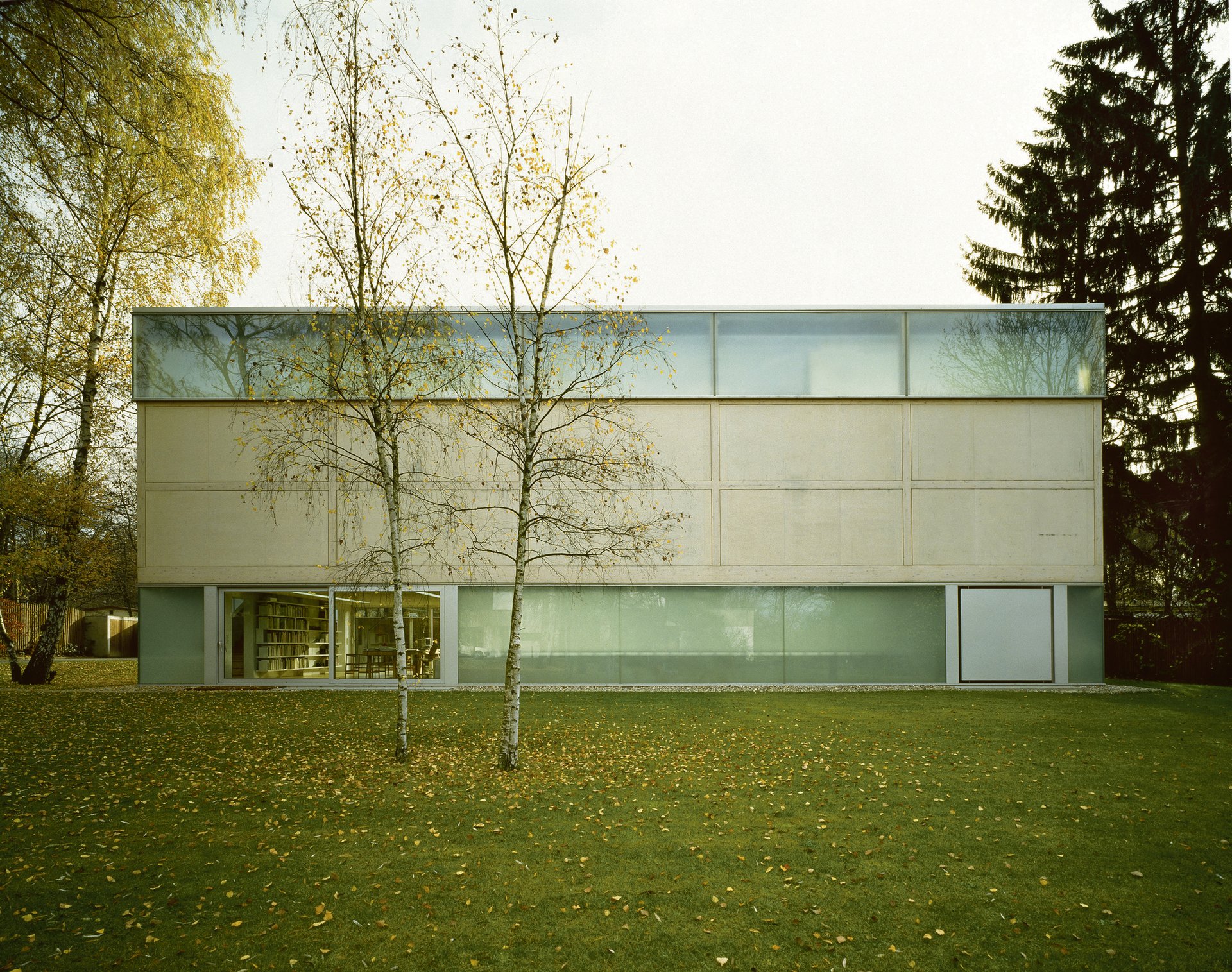
Goetz Collection, Munich, 1992 Hats off to the art collector Ingrid Goetz for spotting the architects’ potential. They designed an elegant, Minimalist box to house a private museum of Modern and contemporary art, including works by Bruce Nauman and Cy Twombly.
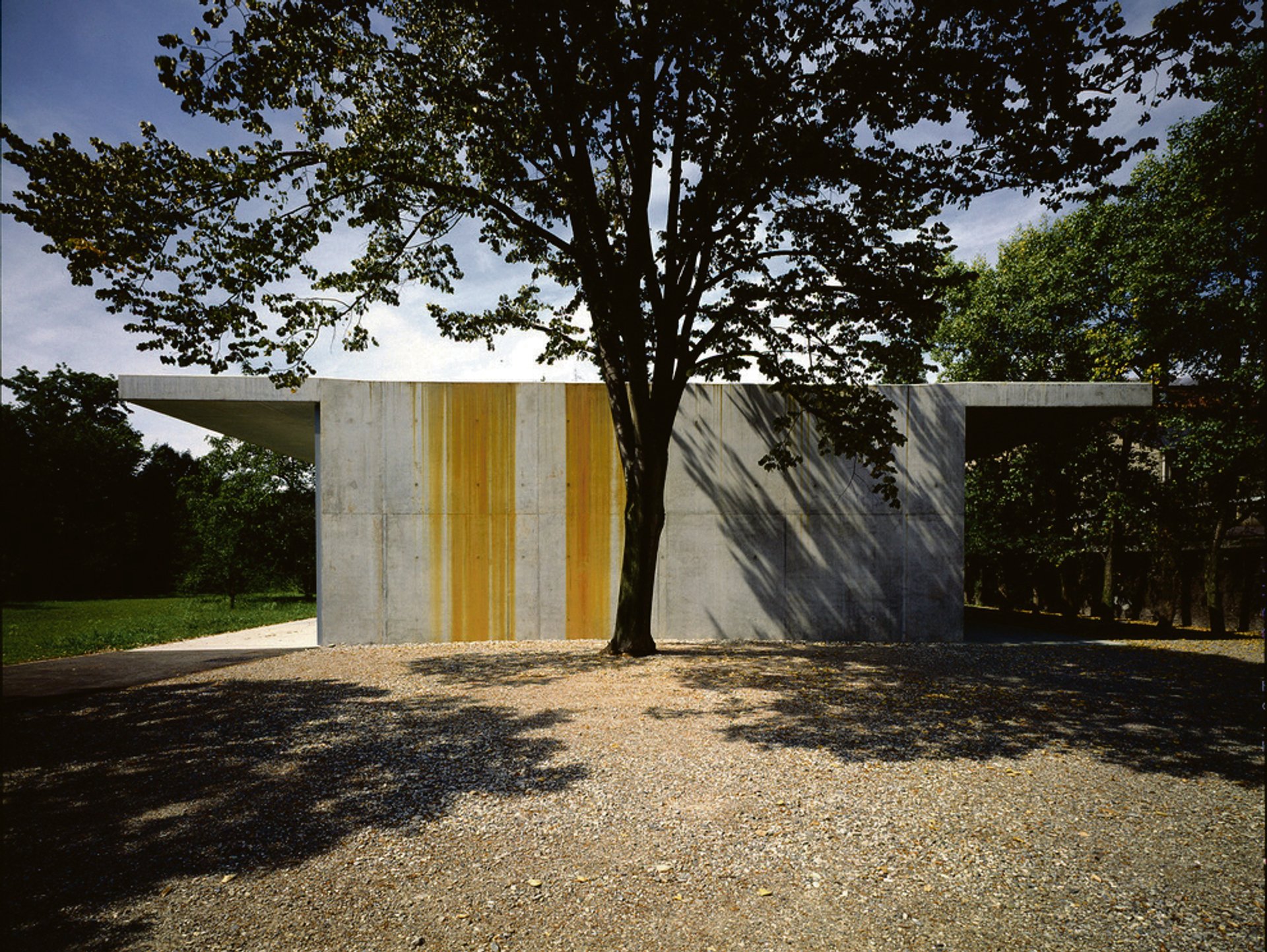
Studio Rémy Zaugg, Mulhouse, 1996 The late, Basel-based artist, writer and friend of Herzog and De Meuron shared their preoccupation with building deceptively simple, carefully lit spaces for art. The artist’s studio and gallery served as a prototype for Tate Modern’s rooms.

Signal Box Auf dem Wolf, Basel, 1999 Herzog and De Meuron channelled the spirit of Donald Judd’s sculpture when they designed a monumental copper-clad signal box for Basel SBB railway station. Next stop stararchitect status.
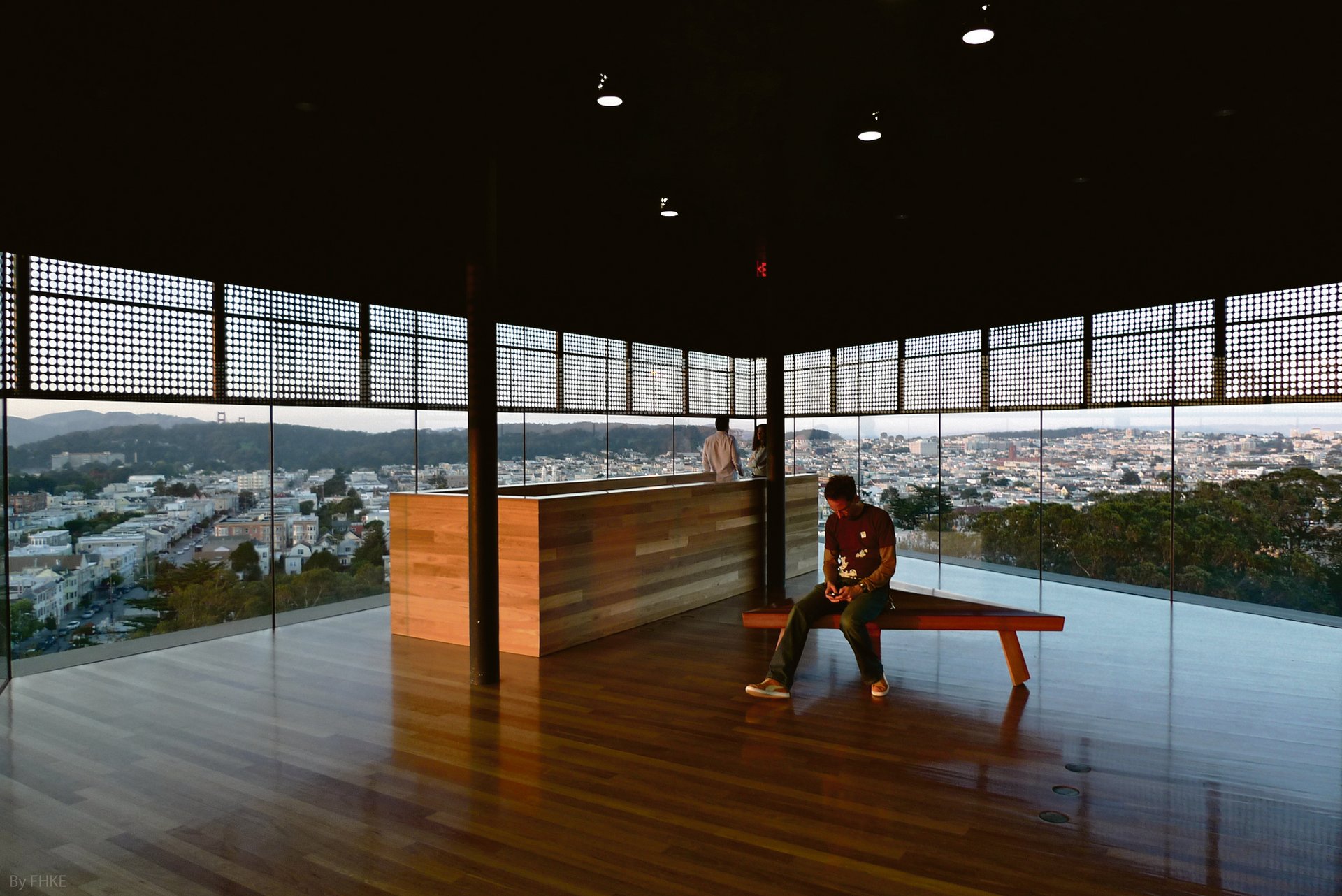
M.H. de Young Memorial Museum, San Francisco, 2005 Before the architects hit Miami running with their design for the Pérez Art Museum Miami, they created a new, earthquake-proof home for the De Young in San Francisco, complete with a viewing deck overlooking Golden Gate Park. Their Tate Modern extension frames panoramic views of London.
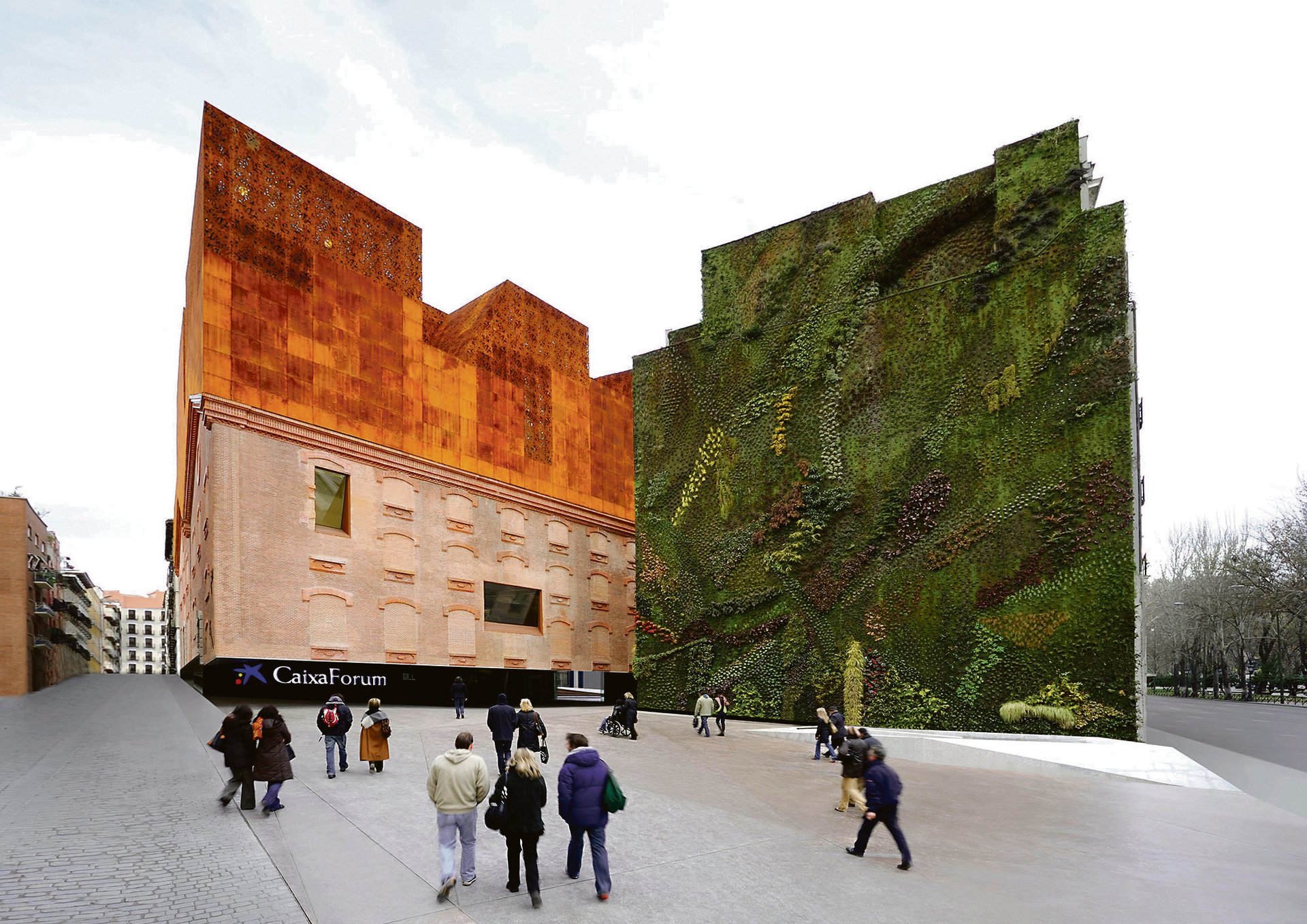
CaixaForum, Madrid, 2008 Like Tate Modern, the CaixaForum in Madrid is a former power station converted by the architects into a memorable space for art. Retaining the building’s red brick shell, Herzog and De Meuron added space above and below ground, as they did on London’s Bankside for the Tate.
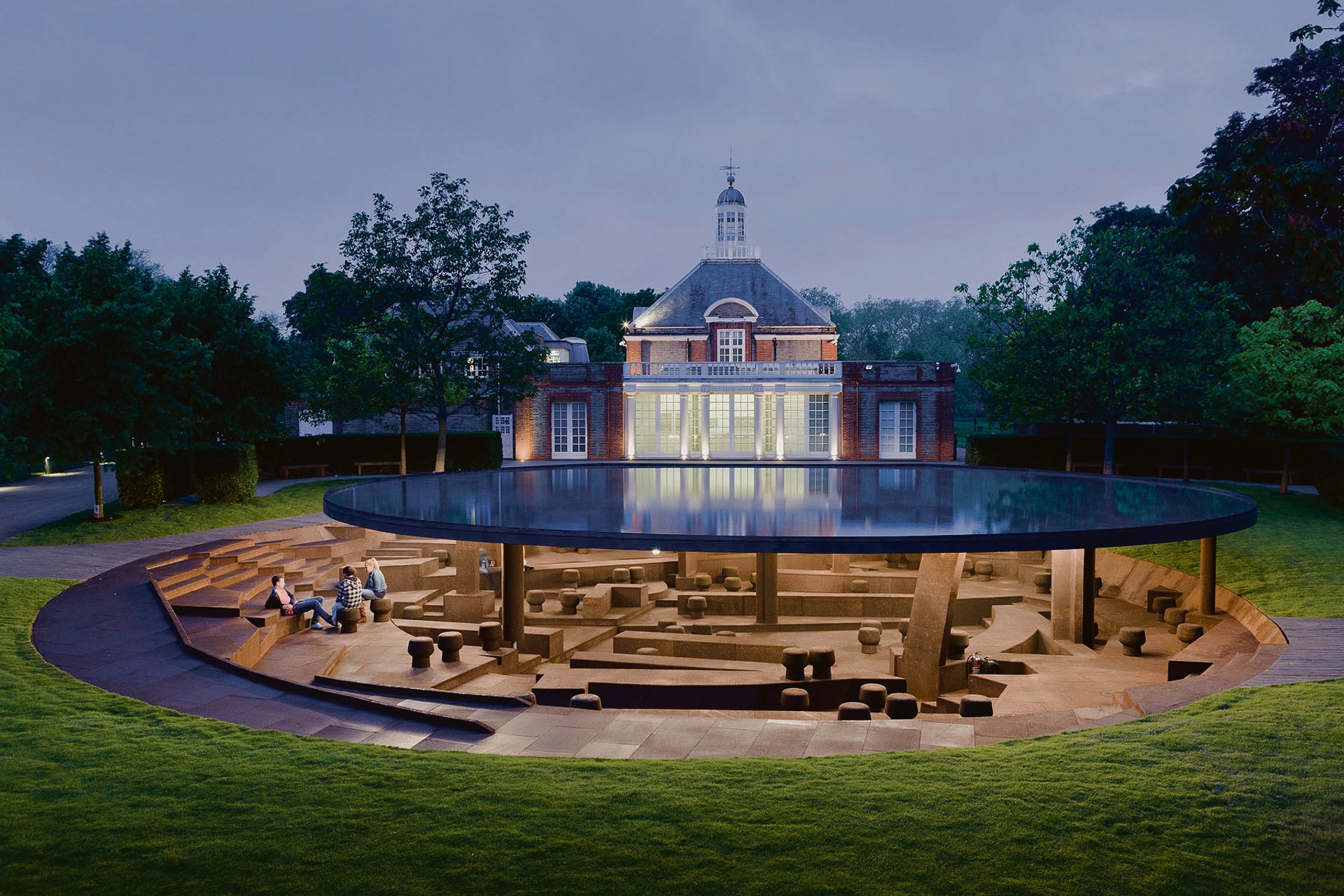
Serpentine Gallery pavilion, with Ai Weiwei, London, 2012 The Serpentine’s summer pavilon, designed by Herzog and De Meuron with the Chinese artist Ai Weiwei, was all about enhancing the social experience of visiting the gallery in a London park. The new Tate Modern has plenty of social spaces, many clustered around its sweeping central staircase.
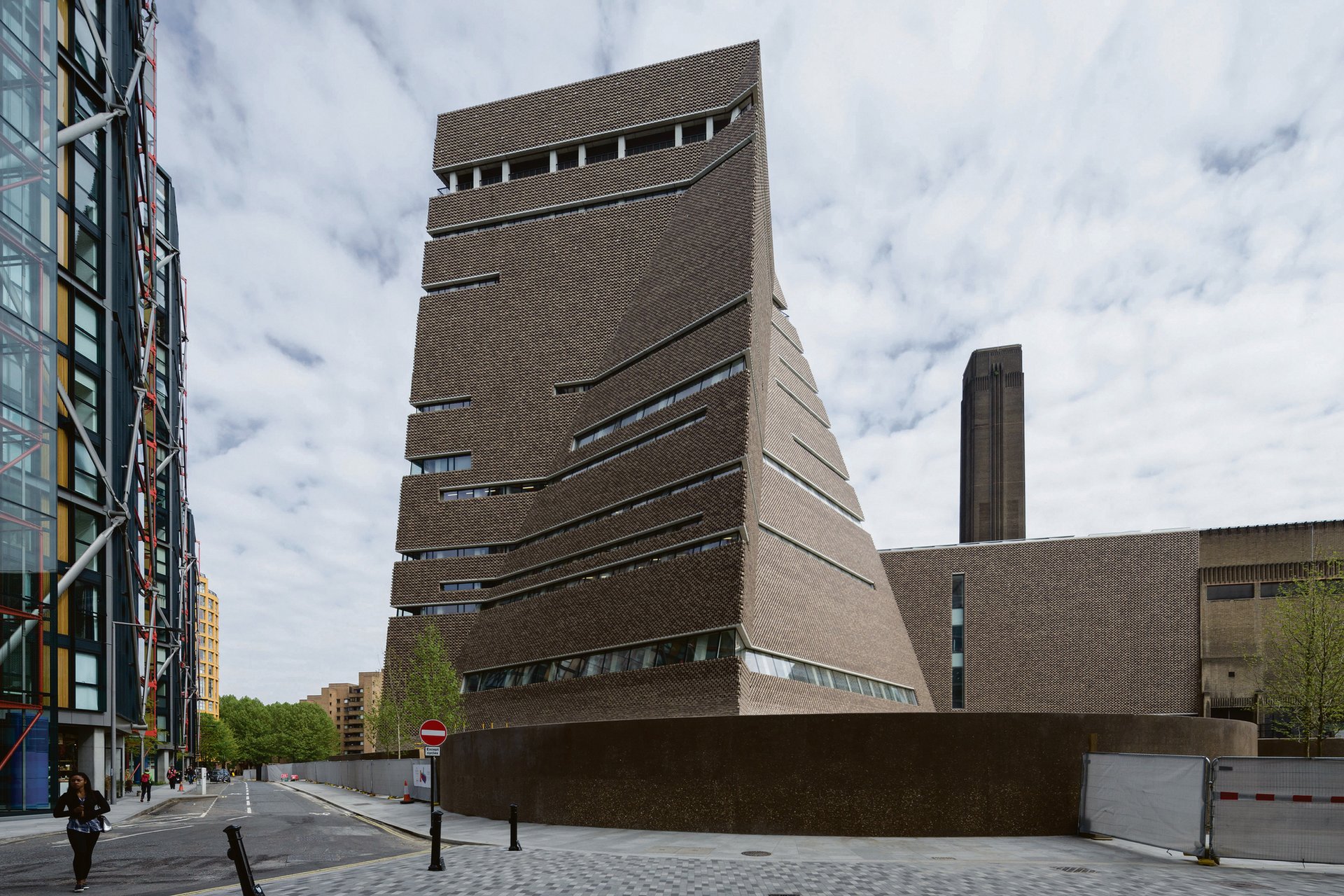
Tate Modern extension, London, 2016 The building was originally planned to be a glass and steel ziggurat, but the architects opted for brick cladding for the south tower. The extension to the former power station houses three floors of galleries, education spaces and the Tanks in the basement for live art.

